Search
Search Results
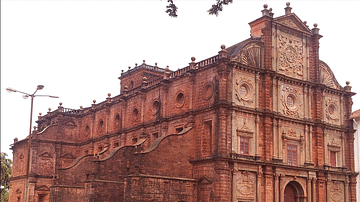
Definition
Portuguese Goa
Goa, located on the west coast of India, was a Portuguese colony from 1510 to 1961. The small coastal area was conquered by Afonso de Albuquerque (c. 1453-1515) and became an important trade hub for the Eastern spice trade. Goa was the capital...

Video
The Private Army of the British East India Company
Before the days of the Raj, British India was ruled by a private corporation: The Honourable East India Company. The Company, which began in India as a purely mercantile institution, eventually came to control vast territories across the...
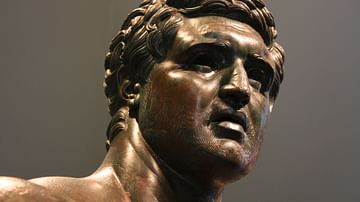
Definition
Attalid Dynasty
The Attalid Dynasty ruled an empire from their capital at Pergamon during the 3rd and 2nd centuries BCE. Fighting for their place in the turbulent world following the death of Alexander the Great, the Attalids briefly flourished with Pergamon...
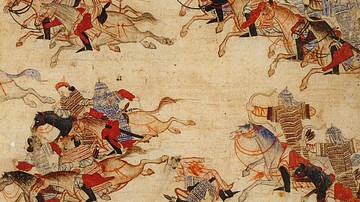
Definition
Mongol Empire
The Mongol Empire (1206-1368) was founded by Genghis Khan (r. 1206-1227), first Great Khan or 'universal ruler' of the Mongol peoples. Genghis forged the empire by uniting nomadic tribes of the Asian steppe and creating a devastatingly effective...

Video
The Rivers of Time: Early Civilizations in the Middle East
Examines the rise of civilization in the Tigris-Euphrates valley in the Middle East. These early civilizations formed around major rivers - the Tigris and Euphrates in Mesopotamia and the Nile in northeastern Africa. Explores the history...

Definition
Wars of the Diadochi
On June 10, 323 BCE Alexander the Great died in Babylon. Although historians have debated the exact cause most agree that the empire he built was left without adequate leadership for there was no clear successor or heir. The military commanders...

Article
The Mongol Invasion of Europe
The Mongol invasions of Russia and Eastern Europe occurred first with a brief sortie in 1223 CE and then again in a much larger campaign between 1237 CE and 1242 CE. The Mongols, seemingly coming from nowhere and quickly gaining a reputation...
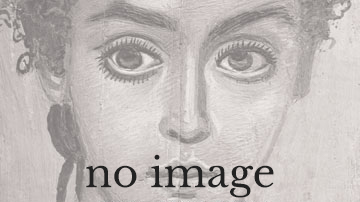
Video
Phidias (?), Sculpture from the East Pediment of the Parthenon, c. 448-432 B.C.E
More free lessons at: http://www.khanacademy.org/video?v=Ip6hmC2KIug Phidias (?), Sculpture from the East Pediment of the Parthenon, marble, c. 448-432 B.C.E. (British Museum, London) Speakers: Dr. Beth Harris, Dr. Steven Zucker http://smarthistory.org/Sculpture-from-the-Parthenons-East-Pediment.html...

Video
Looking East, Looking West: Mughal Painting between Persia and Europe
Looking East, Looking West: Mughal Painting between Persia and Europe November 19, 2015 Getty Center Lecture by Kavita Singh Introductory remarks by Thomas W. Gaehtgens and Brian Sweeney Kavita Singh is professor of art history at...
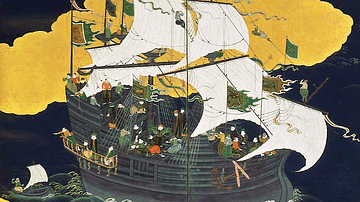
Definition
Portuguese Nagasaki
Nagasaki, on the northwest coast of Japan’s Kyushu Island, was an important Portuguese trading base from c. 1571 to 1639, and the most eastern outpost of the Portuguese empire. The Portuguese presence transformed Nagasaki from a small fishing...